When Not to Prune
Stop obsessing about when you should make your cuts. Instead, learn when you shouldn’t reach for the clippers.
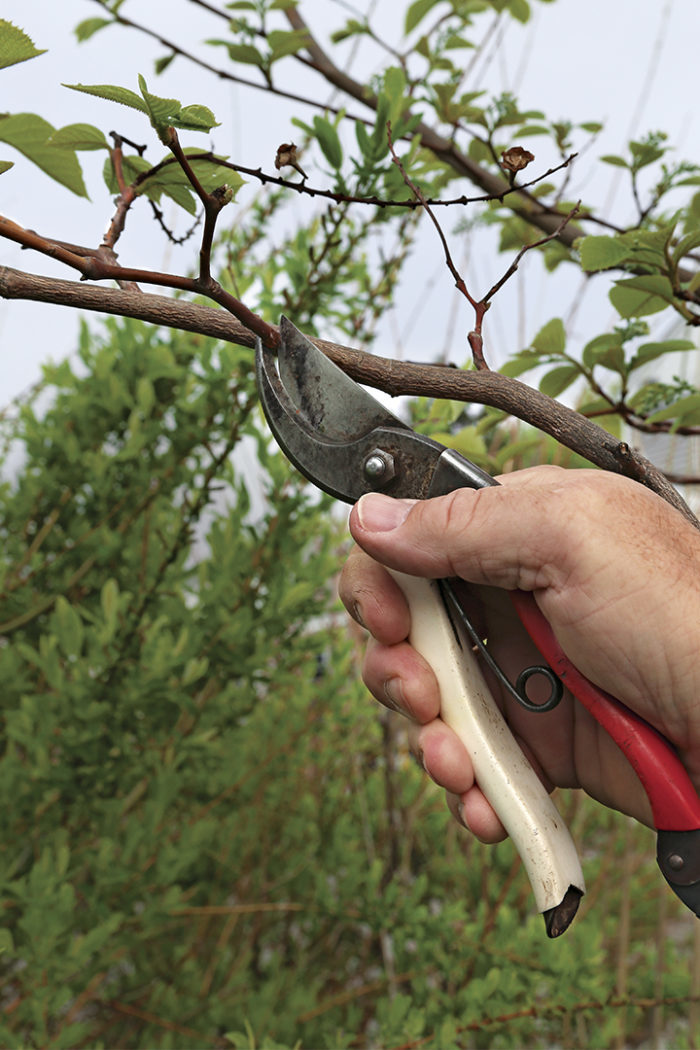
An old boss of mine used to say that “the best time to prune is when the knife is sharp.” His logic was, basically, prune when you have the time. Technically, there are more advantageous times to prune, but really, who has the time and energy to make a spreadsheet of all the plants in the yard and document the short window of time they ideally should be trimmed? That’s not realistic or necessary. In most cases, you won’t kill, ruin, or maim a shrub if you prune it outside of its preferred pruning window. Instead of focusing on exactly when, say, a smokebush (Cotinus spp. and cvs., USDA Hardiness Zones 4–9) prefers to be cut, I prune it whenever my knife is sharp—as long as I abide by a few golden rules of when not to prune.
When the sap is flowing
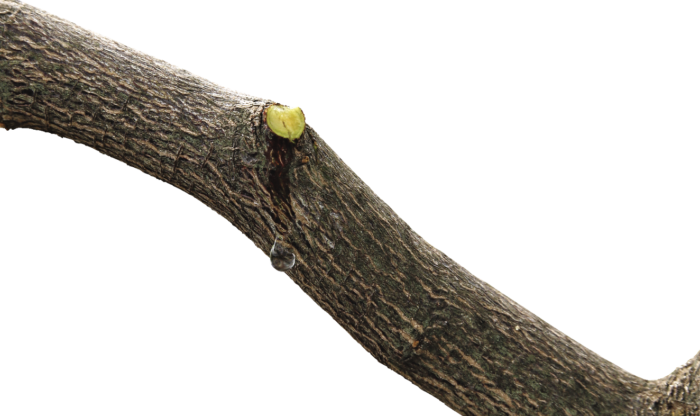
Sap is the lifeblood of a plant, so if you make a cut when it’s coursing through the stem of a tree or shrub (early spring for many plants), you’re essentially opening a wound. This wound can keep bleeding, sucking the life out of a branch or even the entire plant. The incessant flow of sap also acts like a beacon, attracting all sorts of potential problems. The sweet nectar is often irresistible to many animals, including bears and birds. The need to satisfy their sweet tooth sometimes causes indiscriminate destruction to a tree. Insects may also be summoned to feed, and they can carry pathogens that introduce diseases to plants. When sap starts to dry, it has a tendency to mold, which may also open the door to diseases. Make a small test cut to find out if the sap is still flowing before committing to a full pruning.
Heavy-bleeding plants
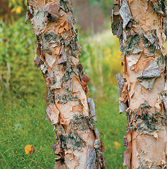 |
 |
 |
 |
- Birches (Betula spp. and cvs., Zones 2–9)
- Cherries and plums (Prunus spp. and cvs., Zones 3–9)
- Smokebushes (Cotinus spp. and cvs., Zones 4–9)
- Filberts (Corylus spp. and cvs., Zones 3–9)
- Hop hornbeams (Ostrya spp. and cvs., Zones 5–9)
- Hornbeams (Carpinus spp. and cvs., Zones 3–9)
- Maples (Acer spp. and cvs., Zones 3–9)
- Silverbells (Halesia spp. and cvs., Zones 5–9)
- Snowbells (Styrax spp. and cvs., Zones 6–9)
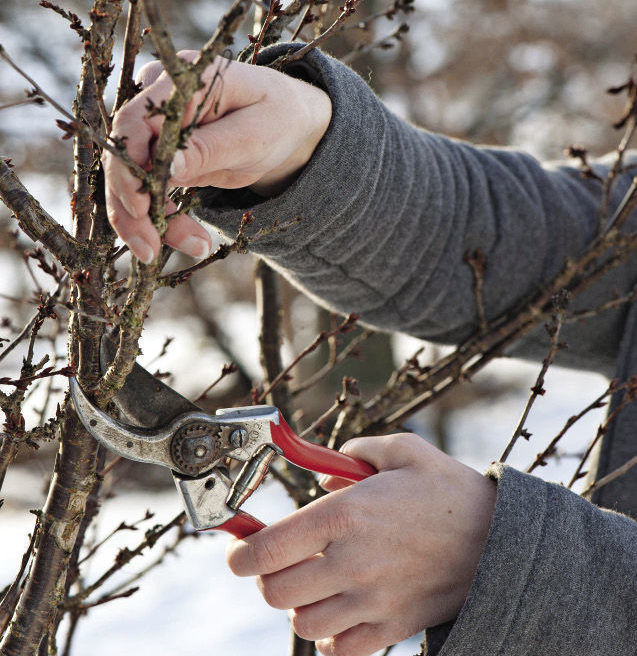
During excessively cold temperatures
Plants are more brittle in cold temperatures. Messing around with them may cause branches to snap and split unintentionally. It’s minor, but it could impact the look of a plant or create a haven for insects and diseases later. Don’t prune when the temperature falls below 25°F. Stay by the fire and enjoy its warmth instead of heading outside to the garden.
Excessively at time of planting or transplanting
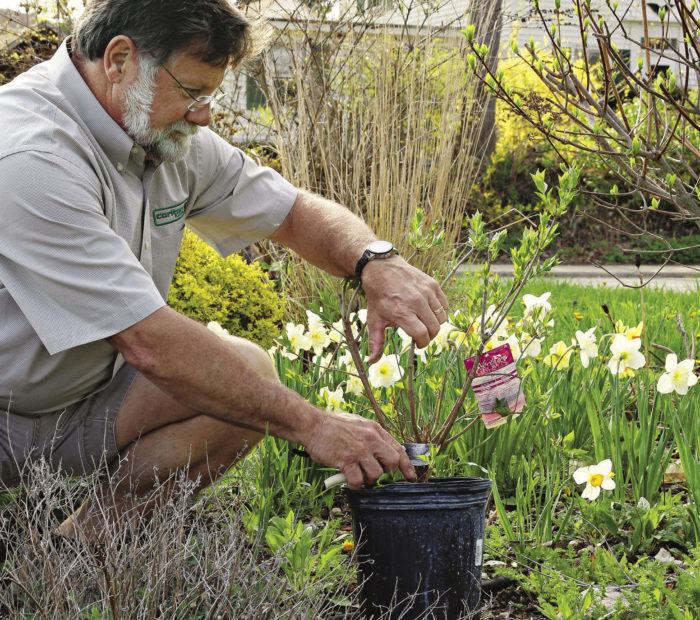
If sap is the blood of the plant, then the branches and roots are the muscle and fat. All the energy (in the form of starch or sugar) is stored here. When you first plant or transplant a tree or shrub, it inevitably loses some root mass, and some folks think they should compensate by removing some of the plant’s overall mass. But a plant at planting time becomes stressed and uses lots of energy to try to reestablish itself in its new home. Pruning at this time can remove vital energy for the road ahead. Remove too much of the plant, and the energy glut can cause the plant to starve and possibly die. Wait until your new plants go into dormancy to prune.
During hot, dry weather
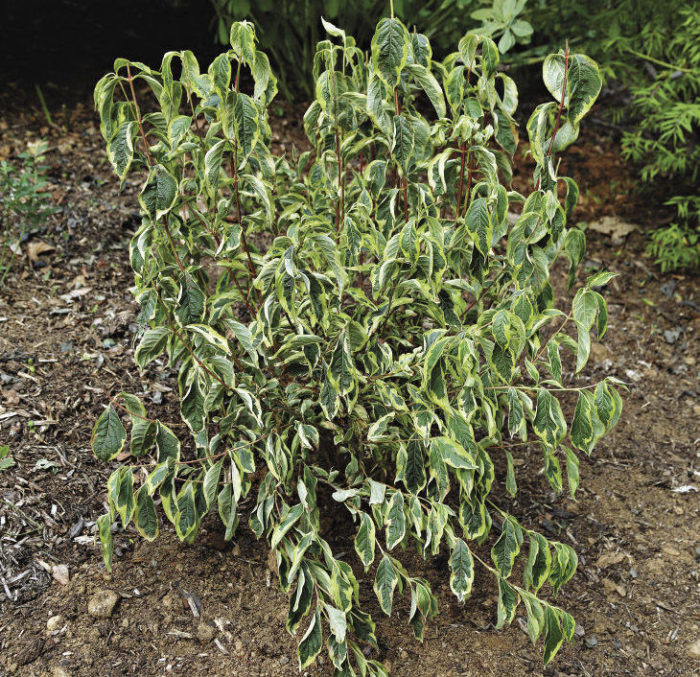
Much like us, plants get stressed when they are dehydrated. Robbing them of their reserves of moisture by pruning away foliage can cause death. Instead of reaching for the shears, spend your time moving the sprinkler onto your plants. Excessively high temperatures put undue stress on your plants too. Don’t add insult to injury by traumatizing them further with a haircut. Just sit in the shade and wait for another day.

In winter when limbs are large
This principle always gets me in trouble. Many arborists prune in the winter. It’s the best time to see the shape of a tree. When making a large cut, though, the cambium layer (through which water and nutrients flow) on many trees can desiccate, meaning it will take longer for those wounds to heal. This can cause unsightly wounds and can possibly invite diseases and insects if not done properly. I find it is best not to “limb up” a plant in winter. Limbing up is the process of exposing a trunk for several reasons: to better see pretty bark, increase sight lines, or for practical reasons. Wait until early or late summer instead, when the trunk on a maturing plant is getting fatter because it’s storing its food. This heals the wound more quickly, making for a scar-free trunk.
Just prior to flowering
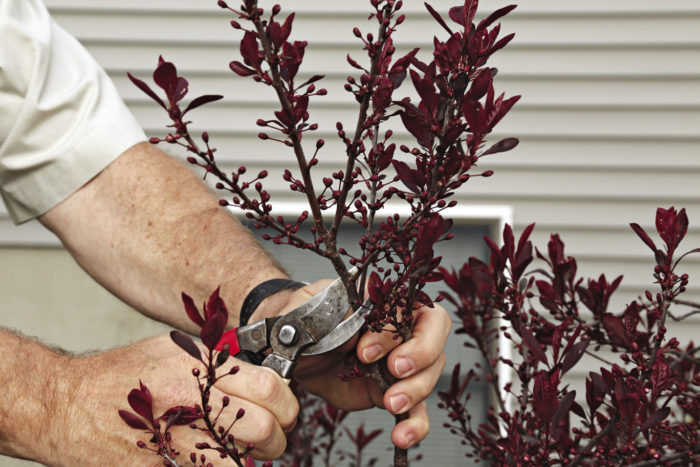
If I had a nickel for every time I heard, “Honey, why aren’t our (fill in the blank) flowering?” Obviously, if you prune before flowering, you cut off the flower buds. This is not a detriment to your plants but can be one to your ears. The best practice is generally to prune right after flowering.
| Tip: Always consider safety first. Wear protective gear—safety glasses or goggles are a must. Gloves are a good idea as well. And consider calling a licensed arborist for any pruning task that prevents you from standing on terra firma. |
Throughout winter, if plants have a pithy center
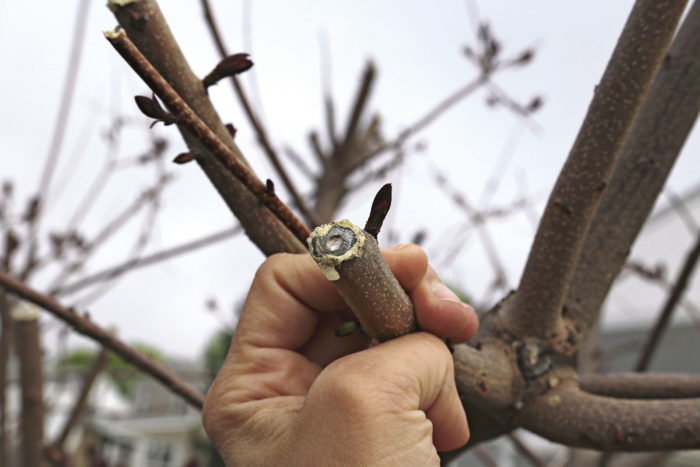
Cutting back plants with a soft, squishy core can cause severe desiccation. This won’t kill the plant, but it may make it ugly-looking due to excessive cankering (tissue die-off). If you can’t wait until spring to reshape, try to leave at least a 1-inch nub (I call these “coat hangers”) just above the bud. That way, once the wound has callused over, you can make a second flush cut in spring, without the risk of cankering.
Pithy-centered plants
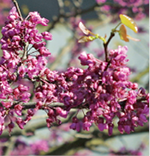 |
 |
 |
- Amur trees (Maackia spp. and cvs., Zones 5–7)
- Chaste trees (Vitex spp. and cvs., Zones 6–9)
- Elders (Sambucus spp. and cvs., Zones 3–9)
- Golden chain trees (Laburnum spp. and cvs., Zones 6–8)
- Honeylocusts (Gleditsia spp. and cvs., Zones 3–11)
- Pea shrubs (Caragana spp. and cvs., Zones 2–8)
- Redbuds (Cercis spp. and cvs., Zones 4–10)
- Seven-son-flower (Heptacodium miconiodes, Zones 5–9)
- Smokebushes (Cotinus spp. and cvs., Zones 4–9)
- Sumacs (Rhus spp. and cvs., Zones 2–10)
- Viburnums (Viburnum spp. and cvs., Zones 3–9)
- Yellowwoods (Cladrastris spp. and cvs., Zones 4–9)
Some Tools Are Better Than Others
When it comes to pruning tools, there’s a plethora to choose from, in every imaginable shape and size. Not every item in the shed, though, is suited for pruning. It’s important to use the right tool for the job. The following tools are my favorites because they are ergonomic, require less maintenance, last longer, and are easy to use.

1. Bleach and rubbing alcohol
Diseases can be transferred from one plant to another—even one branch to another. Use a 5% bleach-to-water mix to regularly disinfect your tools. Additionally, rubbing alcohol is best for cleaning pitch and gum off tools.
2. Lopping shears
When pruning larger branches, use a saw, which makes a cleaner cut. Loppers bruise plants badly. They are good only when used to coppice or to demolish a plant before removing it completely.
3. Pruning saw
A saw should be used when a branch is too big for a hand pruner. Remember to make slow, steady strokes for a clean cut. I prefer brands with interchangeable blades so when one inevitably breaks, I don’t need to buy a new saw.
4. Pocket multitool
These babies have everything in one place: tools for fixing mechanical issues on my pruners, blades for deadheading, a two-sided file for sharpening, scissors for cutting twine, and a small saw for making minor cuts.
5. Pole pruner
This is for pruning small branches that are above your head—while you’re standing on the ground. I prefer brands that offer the cut-and-hold option so I can control where the branch falls (i.e., not on my wife’s perennials).
6. Hand pruner
This is the tool you’ll use the most. Make sure the branch fits between the blades; if it doesn’t fit, use a pruning saw. Okatsune is my go-to pruning brand because their pruners stay sharp longer and make the cleanest cuts I’ve ever seen.
Ed Gregan is a nurseryman with Carlton Plants in Dayton, Oregon, and has more than 35 years of experience pruning (and not pruning) every plant imaginable.
Photos: Danielle Sherry; Michelle Gervais; Ann E. Stratton, Brittany Carlson, Steve Aitken, Friedrich Strauss/gapphotos.com; Amanda Darcy/gapphotos.com; Melissa Lucas, Jennifer Benner
Fine Gardening Recommended Products
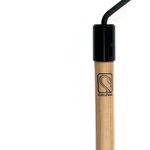
CobraHead® Long Handle Weeder & Cultivator Garden Tool
Fine Gardening receives a commission for items purchased through links on this site, including Amazon Associates and other affiliate advertising programs.
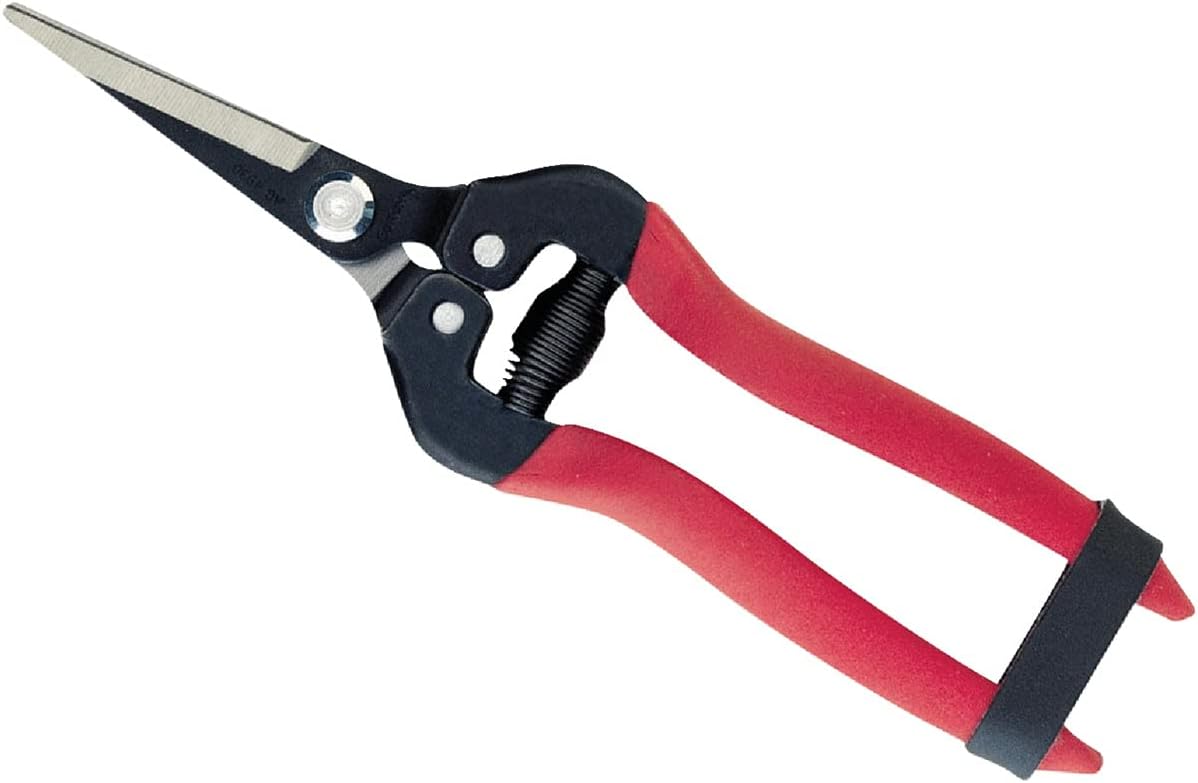
Corona AG 4930 Long Straight Snip, Tempered Steel
Fine Gardening receives a commission for items purchased through links on this site, including Amazon Associates and other affiliate advertising programs.
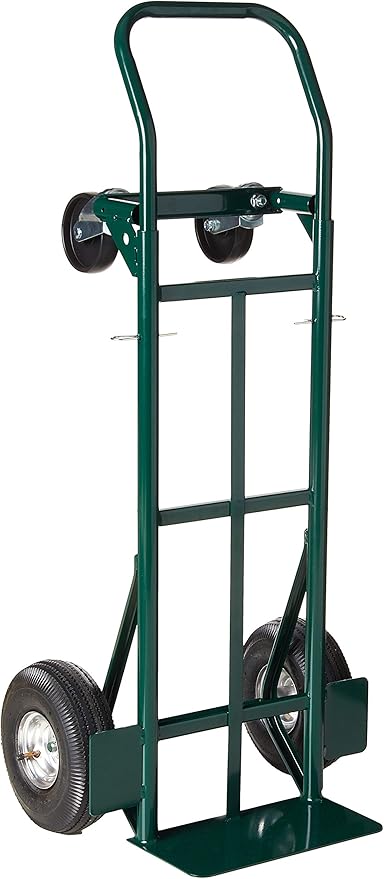
Harper Super Steel 700-lb. Platform Hand Truck
Fine Gardening receives a commission for items purchased through links on this site, including Amazon Associates and other affiliate advertising programs.






Comments
Log in or create an account to post a comment.
Sign up Log in